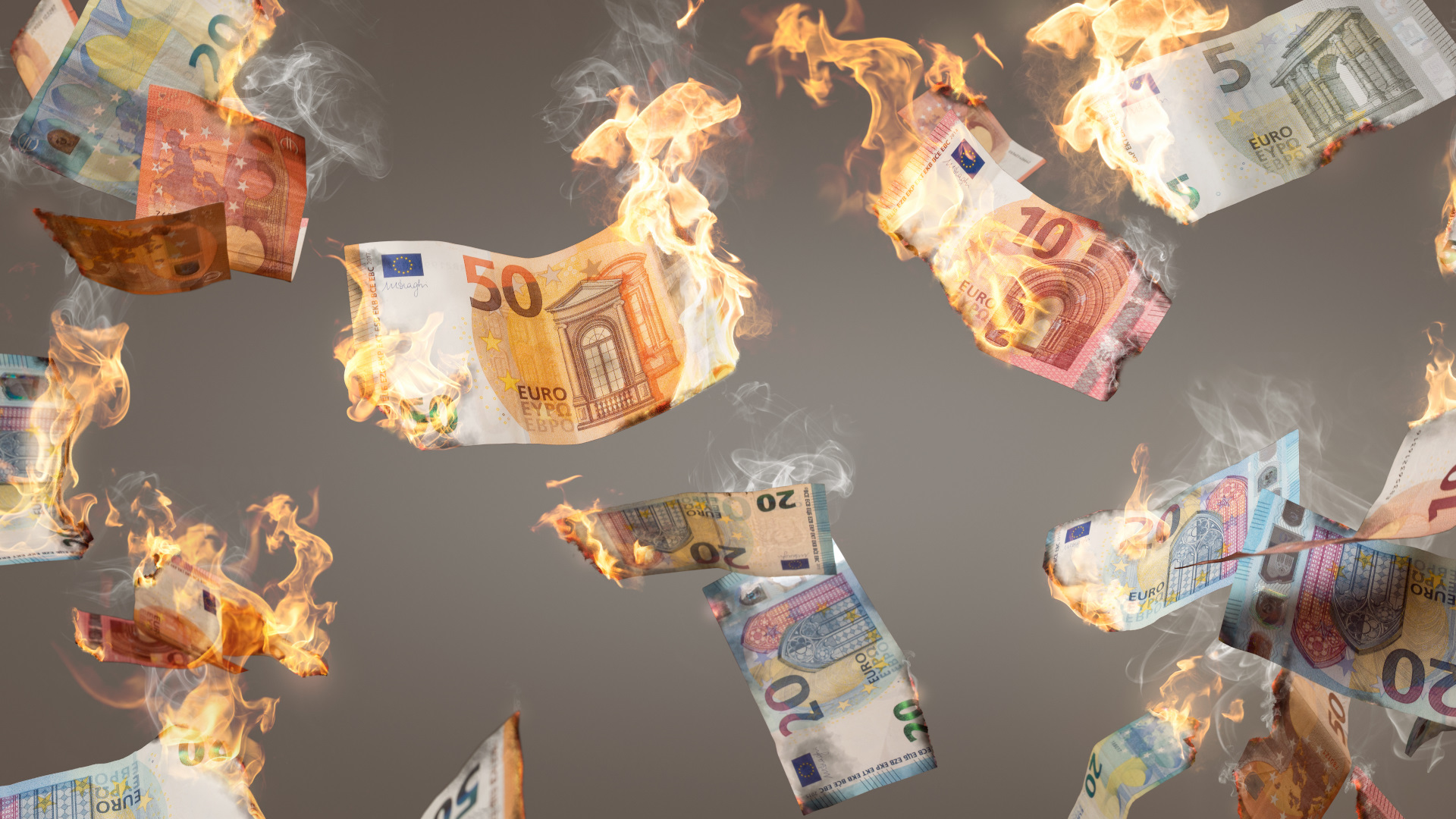Whether it involves performance, expansion or operations, the European hotel industry is experiencing big changes. Here are six trends sweeping the continent.
By all accounts, the European hotel industry is booming. Its performance is driving deals and even some development.
All of the activity bodes well for the future, as reinforced by six trends shared during the International Society of Hospitality Consultants’ annual conference.
Fundamentals are strong
“There have been strong fundamentals in the United States; we’re now seeing that across the world,” said Elizabeth Winkle, managing director for STR Global, during a data overview.
Europe is consistently benefitted by relatively low supply—its long-term supply growth average is approximately 1% and year-through-September 2015 growth checks in at 0.9%, she added.
“Europe is very strong from a demand perspective,” Winkle said.
Annualized figures show year-to-date demand in Europe is up 3.7%, which is 1% higher than at the same time last year.
International arrivals in Europe are up 3% to 4% this year.
Europe’s hotels are selling 10% more rooms now than they were at the peak prior to the downturn, according to STR Global data.
Key metrics include:
- Year-through-September occupancy is up 2.8% over 2014;
- average-daily-rate growth (+4.7% measured in constant currency) is strong;
- and RevPAR growth is at 7.6% measured in constant currency.
Europe as a whole has experienced 62 consecutive months of RevPAR growth through September 2015, Winkle said.
Leasing model continues to flourish
Hotel leases are not dying out in Europe, according to Macy Marvel, a consultant with Opus Hospitality.
The business model remains strong in France, Germany, Switzerland and Scandinavia.
There are three primary lease structures on the continent: fixed (popular in Germany), variable and hybrid.
“Accor has achieved a lot of its expansion, particularly in Germany because they were willing to do leases,” Marvel said. At the end of 2014, one-quarter of Accor’s portfolio in Europe fell in the lease category.
Twenty-three percent of Carlson Rezidor’s portfolio fell in the lease category at the end of 2014, Marvel said.
Marvel pointed to Fonciere des Murs, a French real estate investment trust that has more than 300 hotels in its portfolio; Union Investment, a Hamburg-based company; and Grand City, a major Wyndham franchisee in Germany with 13,000 rooms, as leaders in leases. Motel One (81% leased) and Meininger (100% leased) are also making an impact in the space, he said.
10 cities on the hotel industry’s radar
Ten cities are emerging as lucrative hotel markets, Marvel said.
- Bordeaux, France: Wine and having the largest urban UNESCO heritage site (the town’s historic center) are big drivers of future expansion.
- Dresden, Germany: It could benefit greatly when the Berlin Brandenburg Airport opens in October 2017 because additional international connecting flights make Dresden a prime destination.
- Dublin: Its eclectic street vibe and literary accomplishments are big attractions for visitors.
- Edinburgh, Scotland: Having the Scottish parliament located here is a major business booster.
- Glasgow, Scotland: The creative arts and sports facilities are big draws for visitors.
- Krakow, Poland: Its historical importance as the old seat of the Polish monarchy and the many religious sites make it an emerging tourist attraction.
- Marseille, France: Being the largest port in France has obvious implications.
- Porto, Portugal: Yes, Port wine has its allure, as does river cruising.
- Rotterdam, Netherlands: Being the largest port in Europe and having striking architecture are two major draws.
- Seville, Spain: Its climate and rich history are attractive to many types of tourists.
International travelers flocking to Europe
Winkle said the softening euro—it has fallen approximately 20% against the dollar during 2015—is a benefit to European hoteliers.
Read the full article at: Hotel News Now




